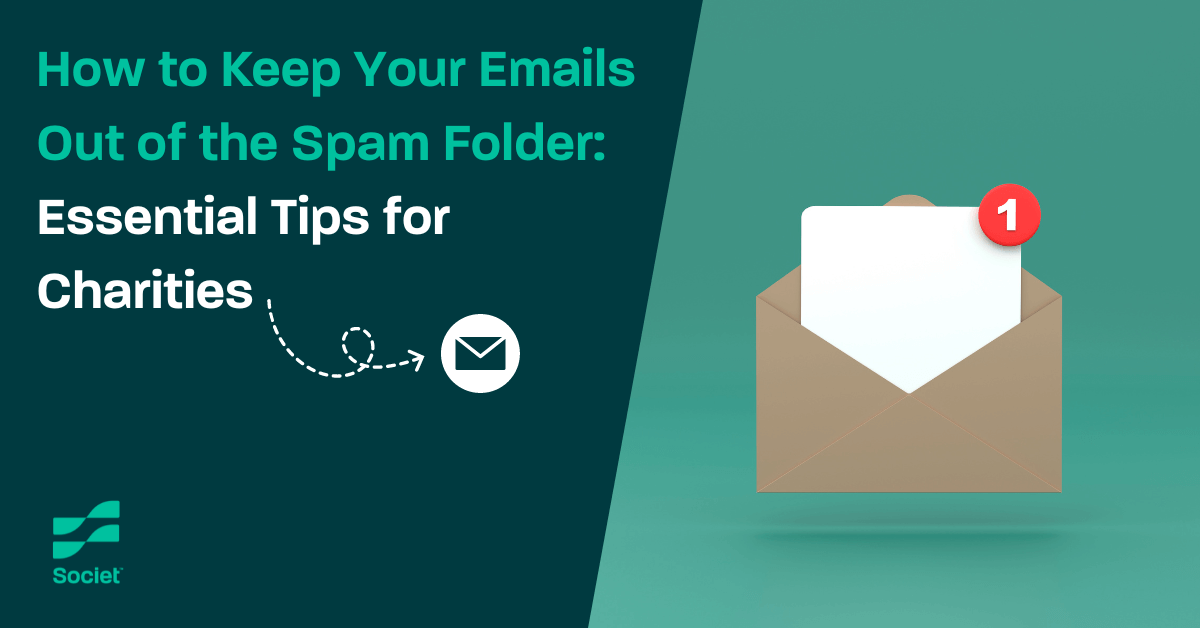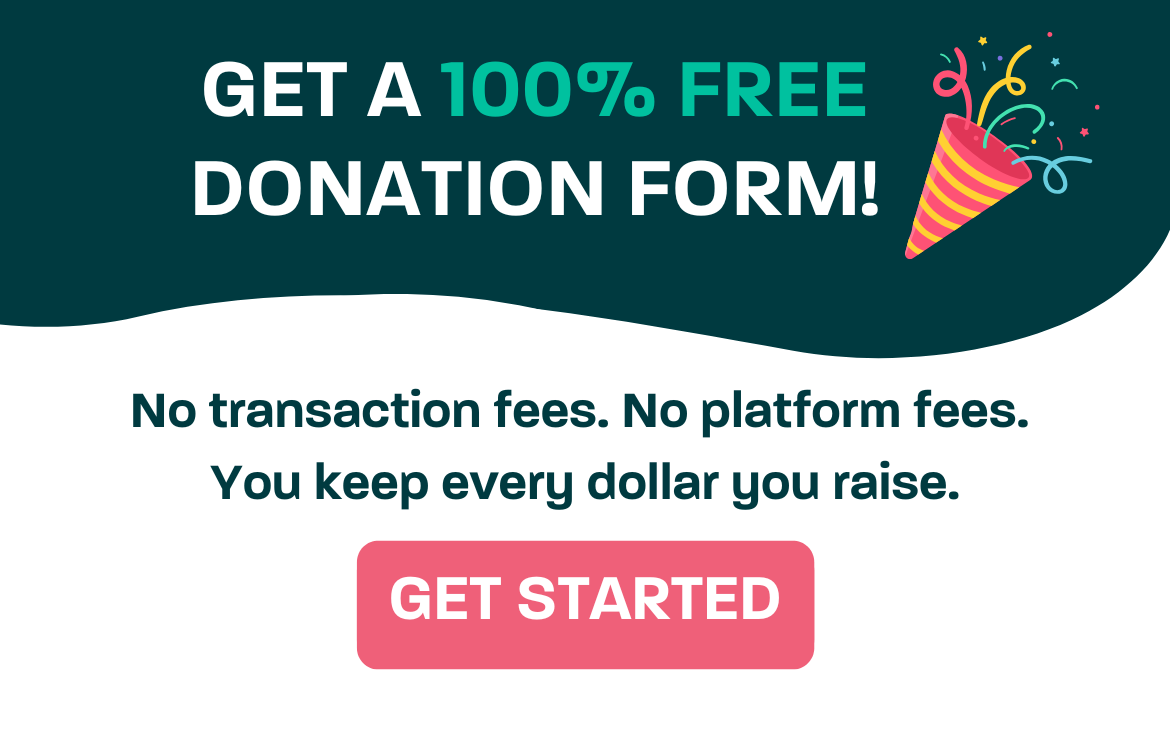
Emails might end up in the spam filter for various reasons, including:
- Using spam trigger words
- Lack of SPF, DKIM, DMARC email authentication (explained below)
- Poor list hygiene
- Image sizing
- The use of certain coding techniques
So, what are these “spam trigger words,” why do they matter, and how can you dodge the spam folder to get your emails where they belong—in the inbox?
What Are Spam Trigger Words?
Spam trigger words are those pesky terms and phrases that spammy emails love to use. You know the ones—they promise unbelievable offers or use urgent language to get you to act fast. Email filters see these words and think, “Nope, not today!” and send your email straight to the junk folder. It’s like having a secret code that tells email providers, “Hey, this might be spam,” even if your email is legit.
Why Charities Need to Be Cautious
Charities often run campaigns that need quick action and powerful language to drive donations. These campaigns are super important for fundraising, but they can backfire if your emails get flagged as spam. Using those spam trigger words too often or in a way that seems suspicious can set off the spam filters, and boom—your email ends up in the spam folder instead of the inbox.
So, what can you do to make sure your emails get through?
Examples of Spam Trigger Words
Here are some common spam trigger words that you might be using unknowingly:
- Urgent
- $$$
- Money
- Click
- Dear/Dear friend
- Collect
- 100%/One hundred percent
- Opportunity
- Limited time
- Click here
- Link
- Amazing
- Re
- Last chance
- Promise
These words can cause deliverability issues, especially if they appear frequently or are used in a suspicious manner.
Tips for Charities to Avoid Spam Filters
1. Hey, [First Name]! Why do generic emails get flagged for spam?
Often non-personalized emails get flagged as spam because it causes spam filters to assume you are sending out mass marketing emails. Make your emails feel like a personal chat rather than a generic blast. Using the recipient’s name and tailoring the content can work wonders in avoiding the spam folder.
2. The $$$$100 DOLLAR question!!!!!!!!!!
Sure, excitement is great. But too many exclamation points or dollar signs can scream spam. Use minimal punctuation as much as possible.
3. Have you considered your subject lines?
Your subject line is your first impression. Use urgent language sparingly and avoid multiple exclamation points or big money mentions. Make it catchy but not spammy.
4. Keeping a clean email list
With open rates and click-through rates becoming less reliable, it’s tricky to gauge engagement. Focus on your most engaged contacts by tracking their interactions with your emails and website. Tailor your messages to these active supporters to boost deliverability and relevance. Regularly update your list based on engagement to keep it fresh and effective.
5. Where’s the unsubscribe button?
Make sure your unsubscribe button is clearly visible and easy to find. Hidden or hard-to-see links, like a light blue link on a medium blue background, can get your email flagged. Keep it obvious so donors don’t mark your emails as spam out of frustration.
6. Can design affect spam filters?
The short answer is yes. Images can get your emails flagged as spam because spam filters can’t read text on them and they can carry malicious code (steganography). Balance text and images, use high-impact visuals sparingly, and ensure your emails look great on all devices. Keep your design clean and engaging to boost delivery rates and keep your supporters engaged.
7. Authenticate your emails
Show the inbox guardians you’re legit by using SPF, DKIM, and DMARC to authenticate your emails. This boosts your sender reputation and helps keep your emails out of the junk pile.
Understanding SPF, DKIM, and DMARC
SPF (Sender Policy Framework): Think of SPF as your email’s passport. It verifies that the email is being sent from an authorized server. This reduces the risk of your emails being marked as spam by confirming the sender’s IP address matches the domain’s SPF record.
DKIM (DomainKeys Identified Mail): DKIM adds a digital signature to your emails, ensuring that the content hasn’t been altered in transit. This is like a tamper-proof seal that helps maintain the integrity of your email content and proves it’s from a legitimate source.
DMARC (Domain-based Message Authentication, Reporting, and Conformance): DMARC builds on SPF and DKIM by providing a policy framework that tells email receivers how to handle emails that fail authentication. This helps prevent phishing and spoofing, ensuring that only authenticated emails from your domain reach the inbox.
Crafting Less “Spammy” Copy
- Experiment with Longer Copy: Sometimes, less isn’t more. There’s a trend towards longer emails with fewer images. This can work well for charities where supporters appreciate detailed updates.
- Mention Large Amounts Sparingly: If you’re talking about a match amount, keep it to once per email. Less is more here!
- Limit the Number of Links: Place your links thoughtfully within emails. Too many links can look suspicious.
- Consider the Ratio of Images to Text: Don’t use a single large image to host your email’s copy. Ensure designed emails contain adequate copy adjacent to images.
Context Matters
While these words can trigger spam filters, context is key. For example, using the word “urgent” in a legitimate email with valuable content and a professional design is less likely to cause issues compared to an email filled with excessive punctuation, different fonts, and broken images.
Additional Considerations for Gmail - Inbox Tabs
Gmail’s tabbed inbox can affect where your email lands. While the Promotions tab is often feared, it can be a good place for offers. Aiming for the Primary tab can backfire if users see your email as an unwanted intrusion. Encourage subscribers to add your sending email to their contacts. This way, it’s known that the sender is trusted. The email will go to the subscriber’s main inbox, and possibly the “Primary” tab in Gmail.
Keeping Your Code Clean
Spam filters can be triggered by complex or contradictory code. Keep your code clean and straightforward to avoid these issues. Avoid using properties that impact the opacity of images, such as RGBA, which can be seen as a trick to hide elements from spam filters.
In Summary
Optimizing email deliverability and avoiding the spam filter requires attention to detail and a thoughtful approach. By following these tips and staying up-to-date with changes in spam filter algorithms, you can ensure your emails reach your audience effectively.
If you’re not getting the results you want from your fundraising emails, consider bringing in the professionals. Working with a nonprofit marketing agency like Frontier could double and even triple your results, helping your charity maximize its email campaigns without the stress of navigating these technicalities alone.


